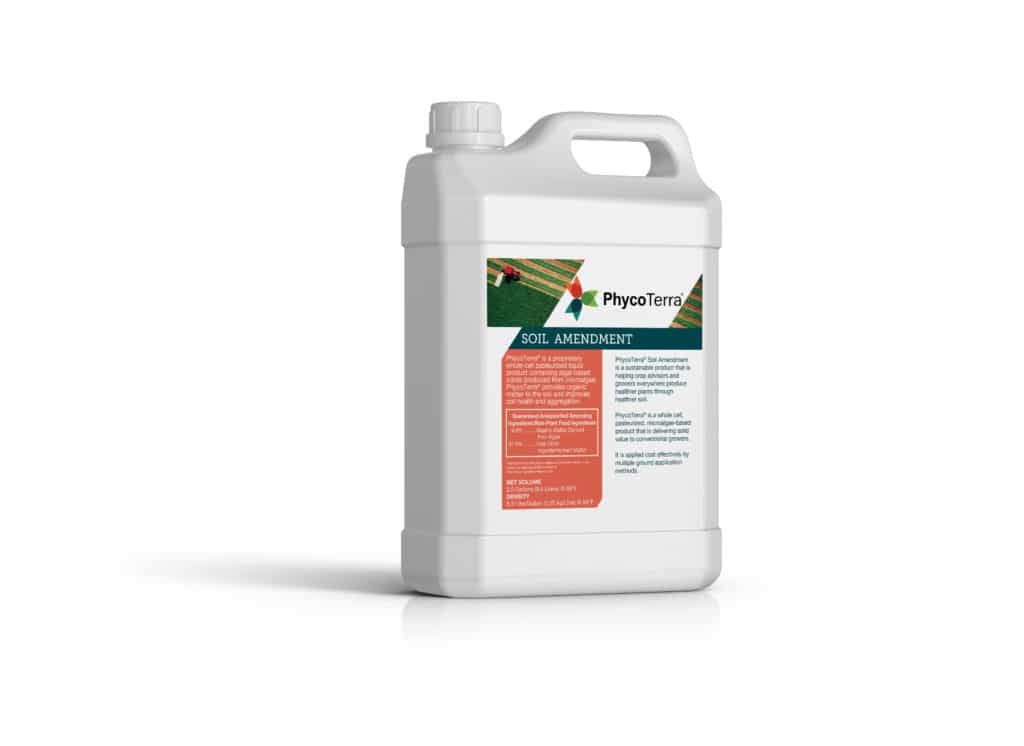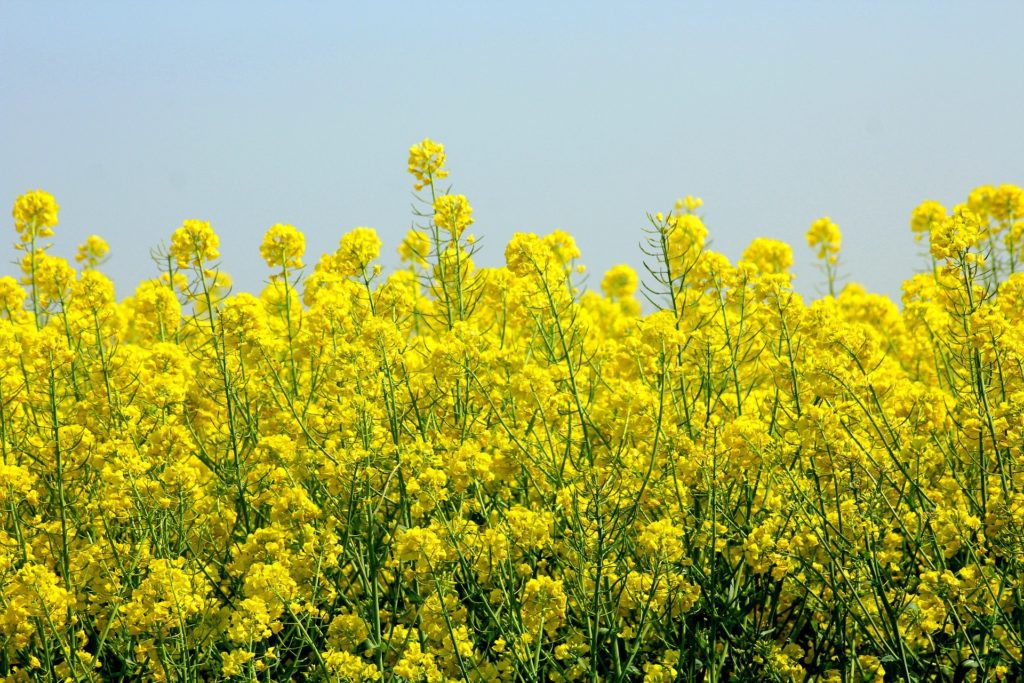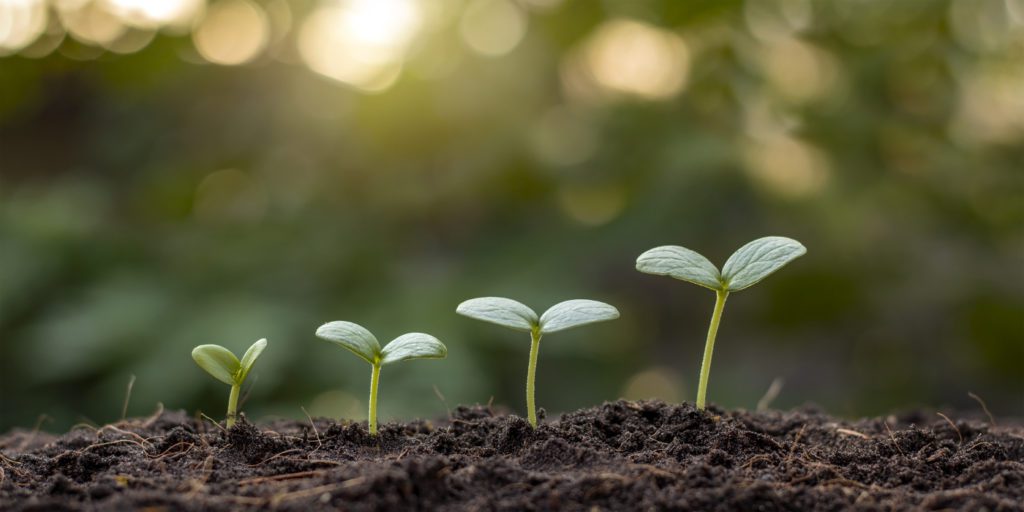In today’s production agriculture, microbes are mostly dormant. I often hear people say different variations of, “My soil is dead. It has low organic matter, and I need to bring those microbes back.”
So, they start introducing various products that promise to “return” the soil to its previous glory. The reality is that there are still a billion bacteria and a million fungi found in just one teaspoon of soil. Unfortunately, modern agriculture — based on the monoculture approach to growing crops — has rendered them dormant. Even with good rotations, microbes don’t have the necessary sources of food they need to thrive in a monoculture growing system.

Chief Revenue Officer, Heliae
This has innumerable consequences for growers, but there is an answer.
Let me back up a moment. A number of years ago, scientists at Arizona State University (ASU) went to the Arizona desert to research how plants survive in such a harsh environment. Was there something in the soil that they could identify and transport to other soils that could make those soils more productive and more effective?
This is where they discovered a specific type of a single-celled organism called microalgae. It’s not the kind of algae you’d find in your neighbour’s pool. Microalgae are organisms that microbes love to feed on. Heliae was founded upon the pioneering work these researchers did.
At Heliae® Agriculture, we have discovered that microalgae hold the key to unlocking solutions that can feed and save our threatened planet. With food production systems at significant risk globally and soil health degrading at an alarming rate, we have proven that innovations with microalgae rise to these challenges through their unique capabilities and inspire hope through some very promising possibilities.
It is our passion to provide sustainable and affordable solutions for food, agriculture, and environmentally focused industries, which is why we have invested over 10 years of research and development in providing solutions for the next 50 years of challenges facing planet Earth.

By adding microalgae to the soil or the seed, you feed the existing microbes that live there, whether in the rhizosphere or spermosphere. Our researchers have put together a very balanced food source that impacts an incredible diversity of microbes. That diversity is important because growers want the most bang for their buck.
The way to do that is to activate a lot of those different microbial species, because they all have different jobs. Some of them are handling water use efficiency, some take care of nutrient use efficiency. This leads to stronger germination and better emergence.
What does this mean at end of day for a farmer? It’s a pretty big deal. Our PhycoTerra® products each feed microbes in unique ways. PhycoTerra ST*, our new seed treatment, utilizes technology that is specifically designed to target microbes that live on and in seeds which play a critical role in germination, stand establishment and in the end we see much more vigorous crops resilient to many stresses.
In Canada, our seed treatment technology will be very inexpensive when used on corn, soybeans, canola and wheat, and can provide a 7:1 to 300:1 return on investment, depending on crops and application rates.
Major progress is on the horizon when it comes to the use of microalgae in seed treatment. Science is only beginning to uncover the mysteries of the soil microbiome, and it is hugely exciting to be at the forefront of pioneering new products that harness microalgae to feed that soil. Microalgae-based seed treatment will become a standard application for many growers as we see a high market penetration of microalgae-based tools.
As water and nutrient efficiencies become paramount, the need for innovations like these will only be compounded. Growers must make better use of the microorganisms already living in their soil and that all starts with tending to soil health. Microalgae technology is going to be a very important part of the way that we farm and grow food for the future.
*Currently available in the U.S.













